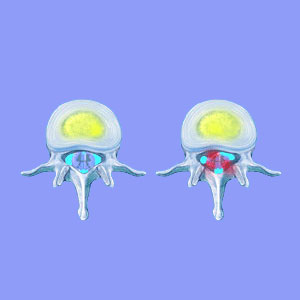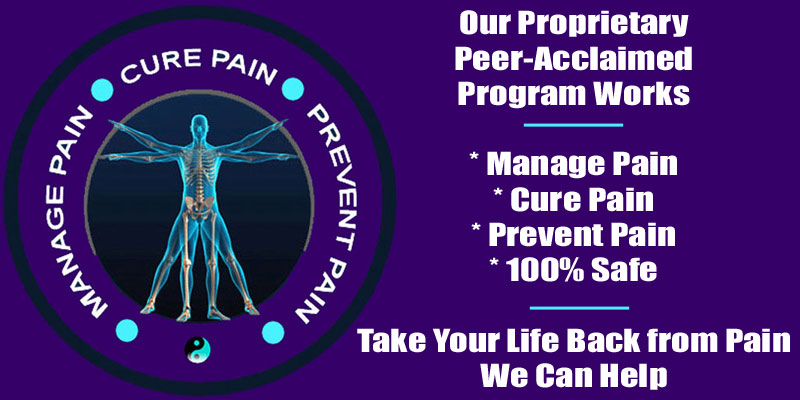
A sciatica bone spur is an osteophyte or osteophyte complex which is theorized to be causing sciatic nerve pain and possible related neurological symptoms. Bone spurs are a normal and universal occurrence in the spinal vertebrae and are usually nothing to fear. In fact, although osteophytes are targeted as the source of many back, neck and sciatica pain syndromes, they often turn out to be completely innocent and asymptomatic scapegoats and nothing more.
However in some cases, problematic bone spurs may build up in or around the spinal canal, causing central spinal or foraminal stenosis issues to exist. In order for a bone spur to cause sciatica symptoms, it must definitively affect a nerve structure. Unfortunately, some osteophytes do just this, potentially creating a diversity of symptomatic expressions, depending on the nerve tissue affected and the extent of structural compression.
This discussion will explore the possibility of sciatica being caused by nerve compression induced by a spinal bone spur. We will investigate both central spinal stenosis and foraminal stenosis as being the most likely causative processes for sciatica to exist.
What is a Sciatica Bone Spur?
Sciatica bone spurs develop from the osteoarthritic processes, which affect nearly all our bones and joints. The spine is an incredibly flexible structure, consisting of many joints to facilitate the incredible range of movement that we humans enjoy. Unfortunately, all this bending and flexing causes wear and tear on the intervertebral discs. This process is known as degenerative disc disease, but do not let the name scare you. It is a completely normal event for every adult human and is typically already in existence by the age of 30.
When the spinal discs thin out, there is increased bone on bone contact between the vertebral bones. This is what causes spurring to occur. These bone spurs typically appear near the edges of the vertebrae and on or around the facet joints. As they interact, bone spurs can produce arthritic debris which may reduce the patency of the central canal or the foraminal spaces.
Sciatica Osteophyte Concerns
Bone spurs are typically not blamed for pain unless they interfere with normal joint movement, decrease the size of the central canal or unless they impinge on a spinal nerve root. This last mentioned process is called foraminal stenosis, although most laymen call it a pinched nerve.
Facet joint degeneration is universal and not inherently symptomatic, while foraminal stenosis is also normal, especially in older patients. In order for a nerve to become compressed, the neuroforaminal opening would have to be virtually completely blocked off. This rarely occurs, but it may in severe expressions.
When osteophytes grow within the central canal, spinal stenosis may be enacted. This is a very serious condition, involving compression of the spinal cord or cauda equina.
In some cases, the osteophyte can grow in a bad location and certainly be the definitive source of sciatica pain. In these scenarios, treatment may be surgical, but is usually very effective.
Sciatica Bone Spur Formation
I typically advise most patients whose pain has been blamed on an osteophyte complex to carefully consider the diagnosis. Most osteophytes are not painful, nor will they ever become painful. In some instances, bone spurs may enact symptoms, although rarely as severe as is often thought to come about from the usual patterns of spur growth.
My advice about all forms of spinal osteoarthritis is to learn the facts. When diagnosed, you can tell your doctor you know that your have bone spurs already. You can also tell them that they have them too and that they is normal. Ask your doctor to explain to you why this particular osteophyte is causing a problem and through what mechanism are the symptoms being created. Demand an answer which makes sense.
The vast majority of spur formation is nothing to fear. However, this is not a universal rule. Always demand detailed imaging to evaluate every osteophyte and then decide with your doctor if focused treatment is likely to resolve your pain or whether the bone spur may be coincidental to the symptoms suffered.
I find a spinal neurologist to be the most helpful of all physicians in this process, since bone spurs will only cause sciatica through nerve interactions and this occurrence is the exact condition focused upon by neurology professionals.





